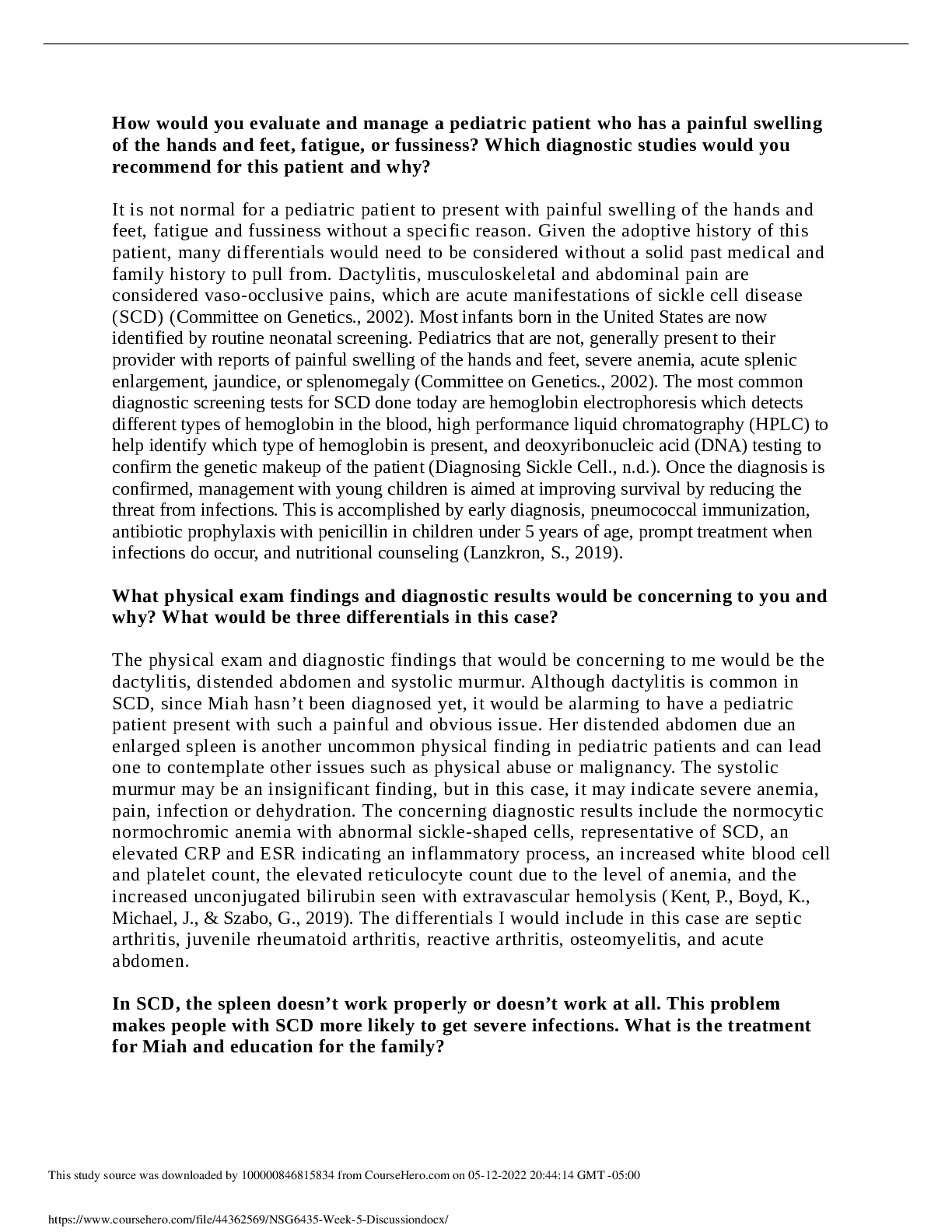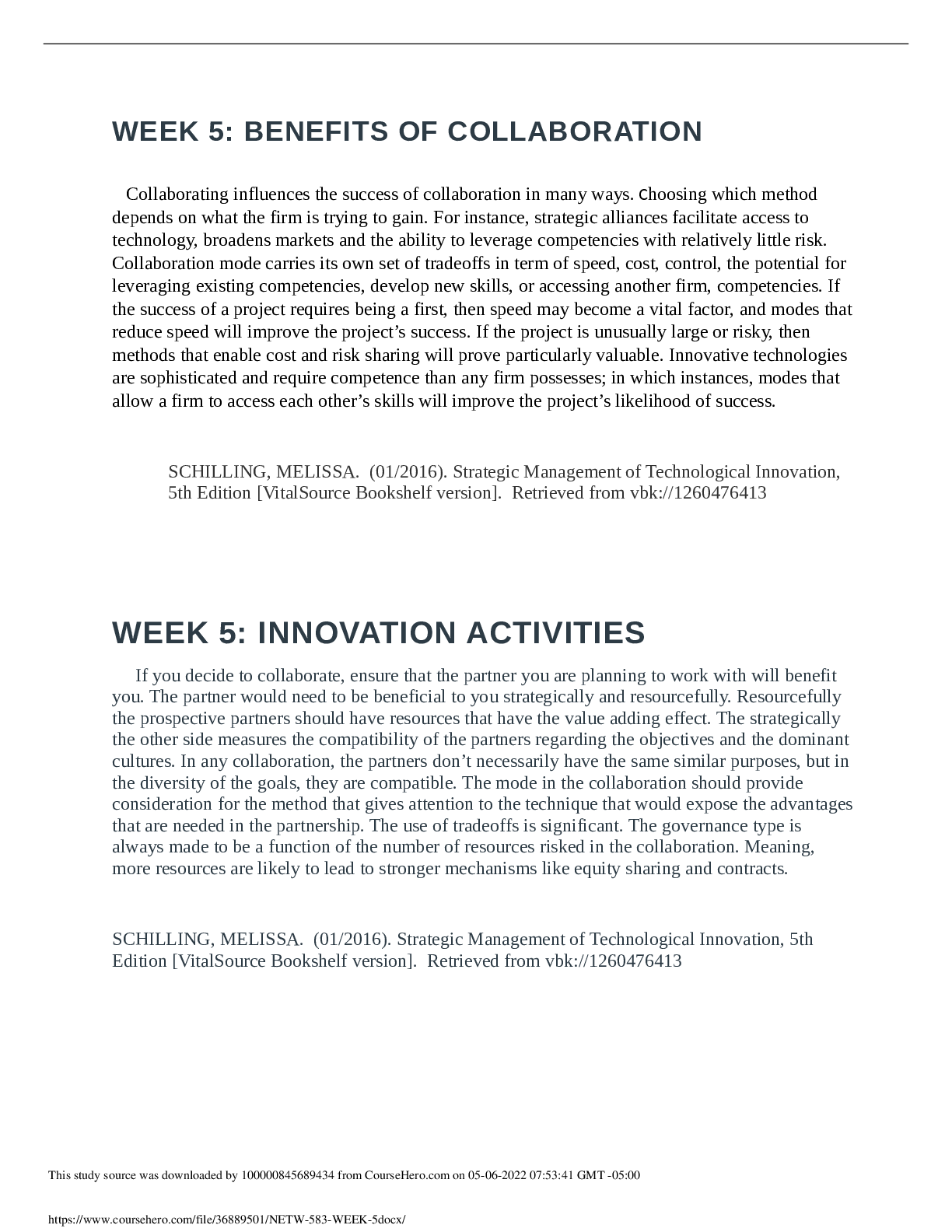Health Care > DISCUSSION POST > HSM 410 Week 5 Discussion Question 2 – The Future of Long-Term Care (GRADED A) (All)
HSM 410 Week 5 Discussion Question 2 – The Future of Long-Term Care (GRADED A)
Document Content and Description Below
HSM 410 Week 5 Discussion Question 2 – The Future of Long-Term Care Long-Term Care The primary payers for long-term care are Medicaid and Medicare. Each program pays for all or a segment of th... e services attained by nearly a third of community residents. A quarter of recipients pay out of pocket (Bodenheimer & Grumbach, 2012). Medicaid is a significant payer for long-term care owing to the fact that federal law necessitates that Medicaid programs in each state ought to offer home health care and nursing home care for the eligible poor. It caters for nearly half of national long-term care spending (Bodenheimer & Grumbach, 2012). Albeit most perceive that Medicare caters for long-term care, it offers only restricted coverage of home health care and nursing home stays. Qualification is based on and abides by; a hospital stay is a minimum of three days. Medicare caters for short-term stays in professional nursing institutions – full coverage for up to 80 additional days. This spending, added to expenditure for health gains for qualified Medicare donees, accounts for twenty percent of long- term care spending (Bodenheimer & Grumbach, 2012). Taxes are the fundamental source of long-term care funding, with most payments made through Medicaid, which is funded by federal and state taxpayers. With more middle-class Americans not managing to plan for their future long-term care requirements, the program has significantly become the default payer instead of a safety net of last resort for those who cannot cater for their health care needs (Bodenheimer & Grumbach, 2012). The ensuing strain on Medicaid threatens to subvert the inherent goal of Medicaid. The strain from middle-class beneficiaries particularly threatens chronic-care and acute-care medical services for the destitute. Widespread and incrementing dependence by long-term care users on Medicaid has aided to increment expenditure to unsustainable degrees (Bodenheimer & Grumbach, 2012). With the baby boomers coming in retirement, and afterward entering the ranks of the oldest-old, even higher expenses ensue. Conclusion The fundamental payers for long-term care are Medicaid and Medicare. Of the two, Medicaid is the major contributor of long-term care while Medicare only offers a restricted coverage of home health care and nursing home stays. Most of the long-term care funding originates from taxpayers. With most of the middle-class Americans not managing to cater for their long-term care necessities, they have added to the people who urgently need it. Funding has also been a challenge owing to the number of persons who need it, and the resources required to offer long-term care; hence making the program encounter critical financial challenges. References Bodenheimer, T., & Grumbach, K. (2012). Understanding Health Policy: A Clinical Approach. New York, NY: McGraw Hill Companies, Inc. [Show More]
Last updated: 1 year ago
Preview 1 out of 2 pages
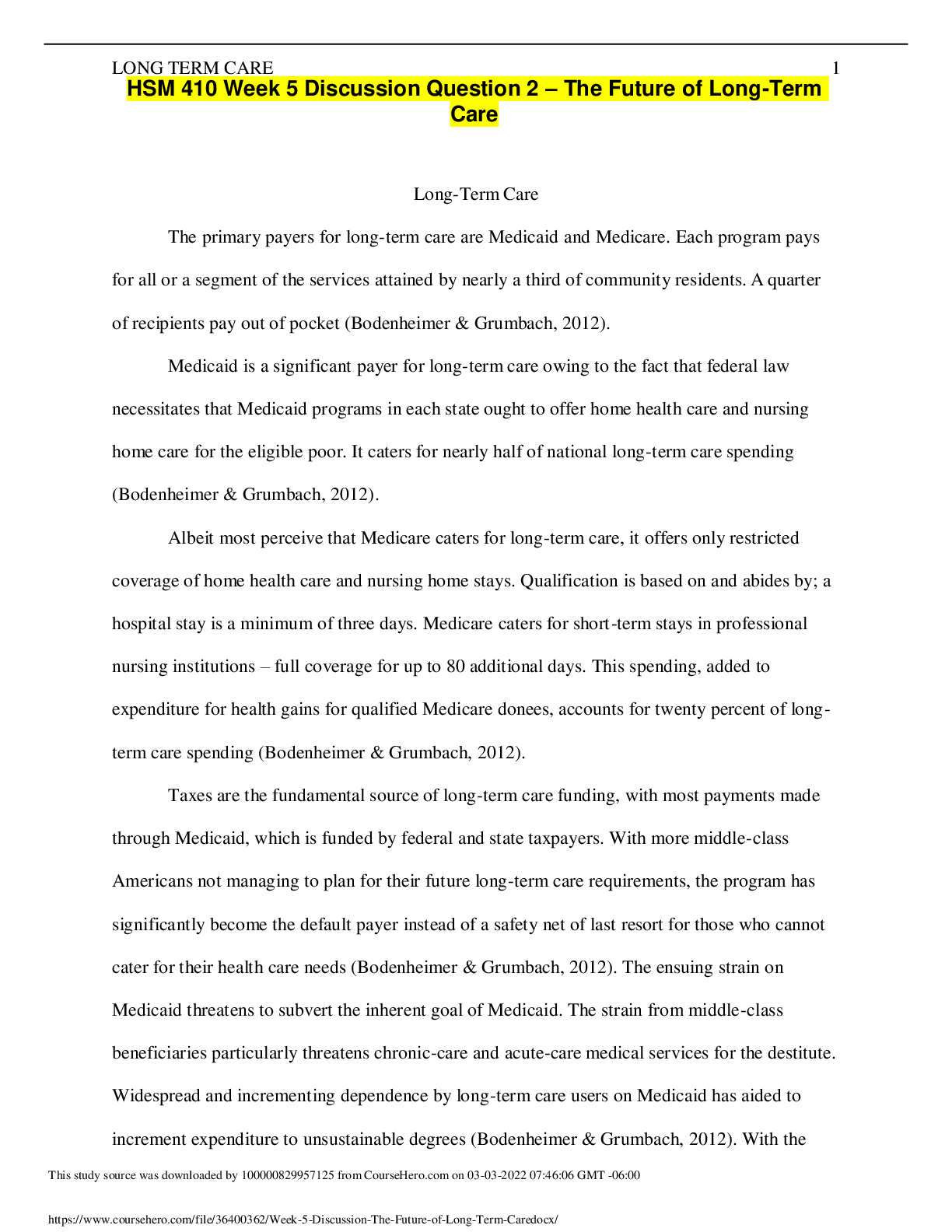
Reviews( 0 )
Document information
Connected school, study & course
About the document
Uploaded On
Mar 03, 2022
Number of pages
2
Written in
Additional information
This document has been written for:
Uploaded
Mar 03, 2022
Downloads
0
Views
61


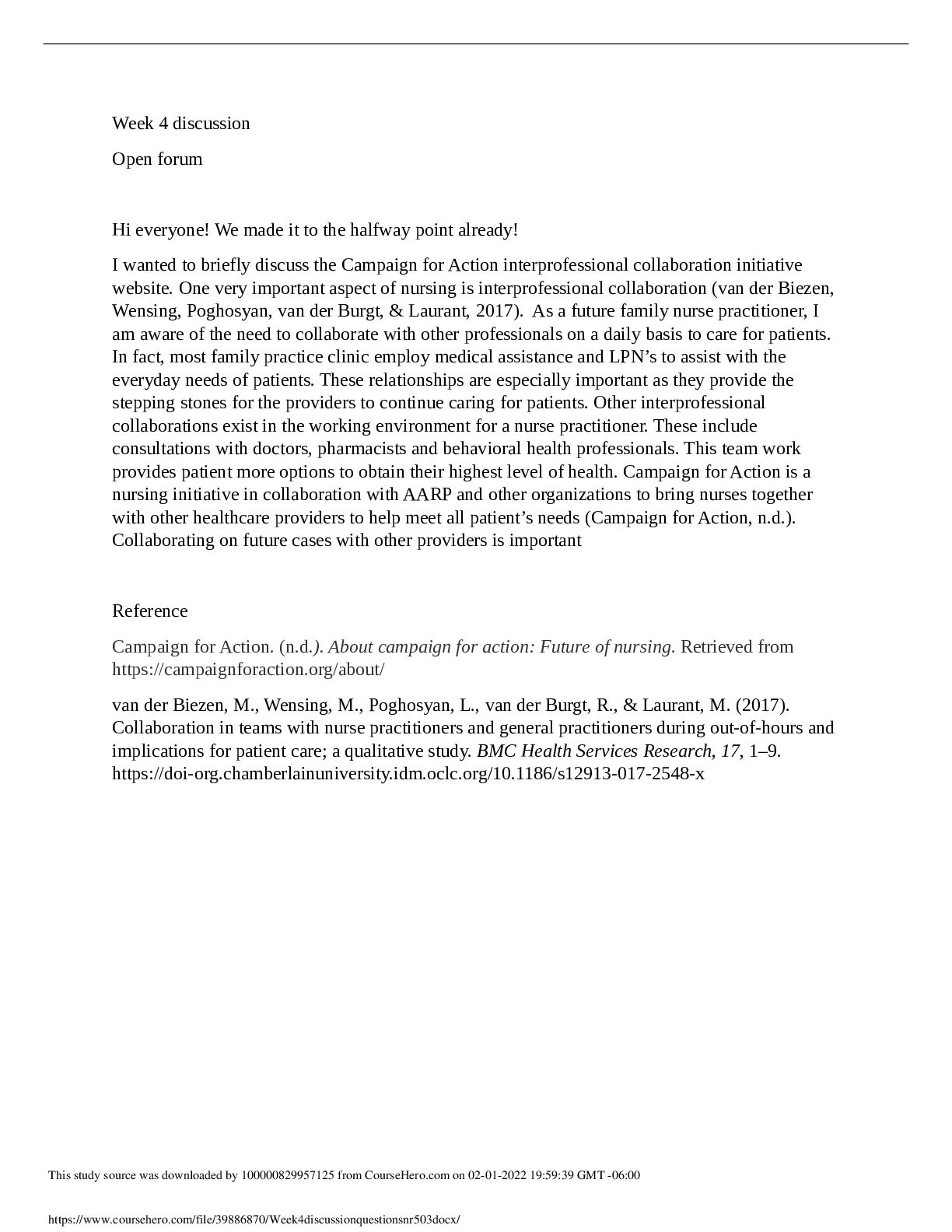





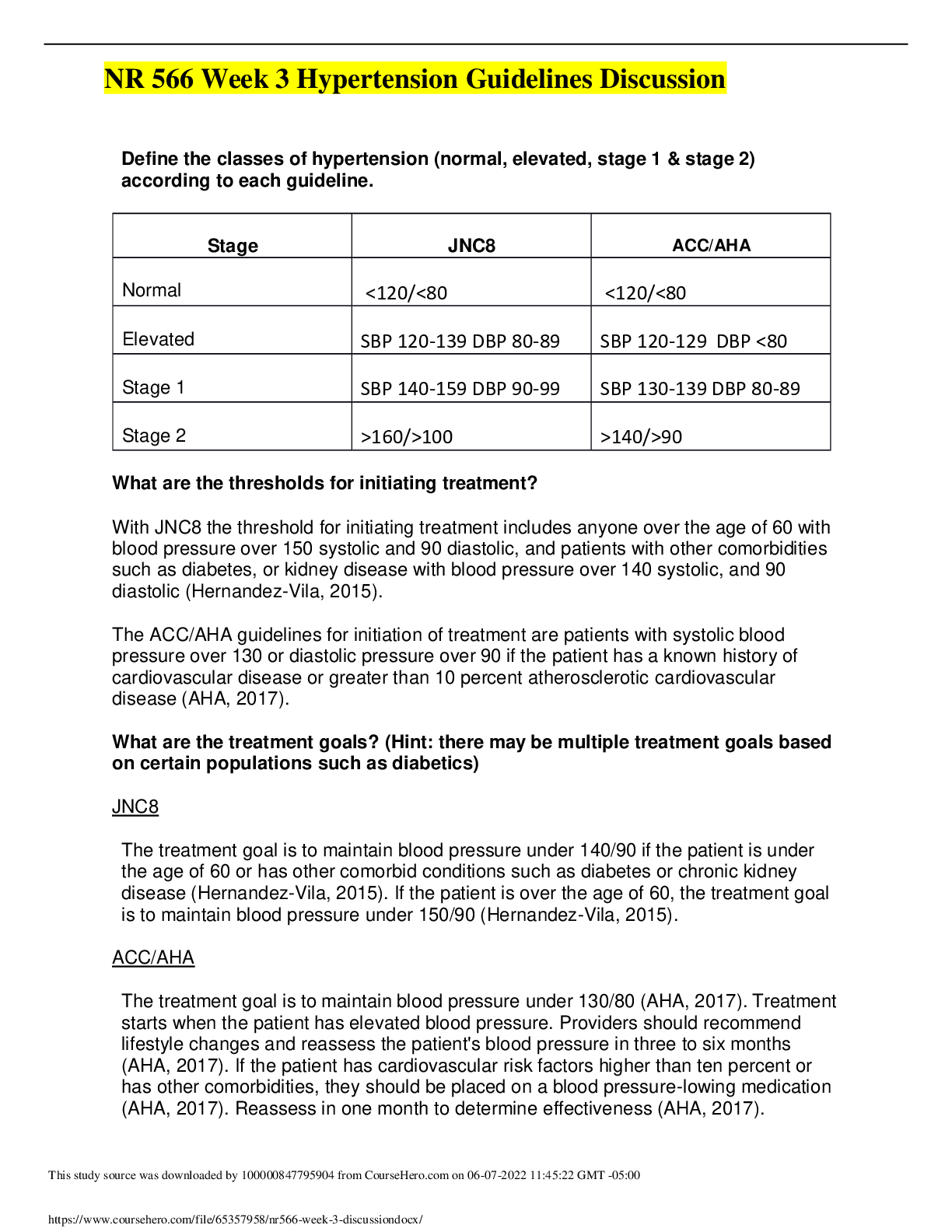
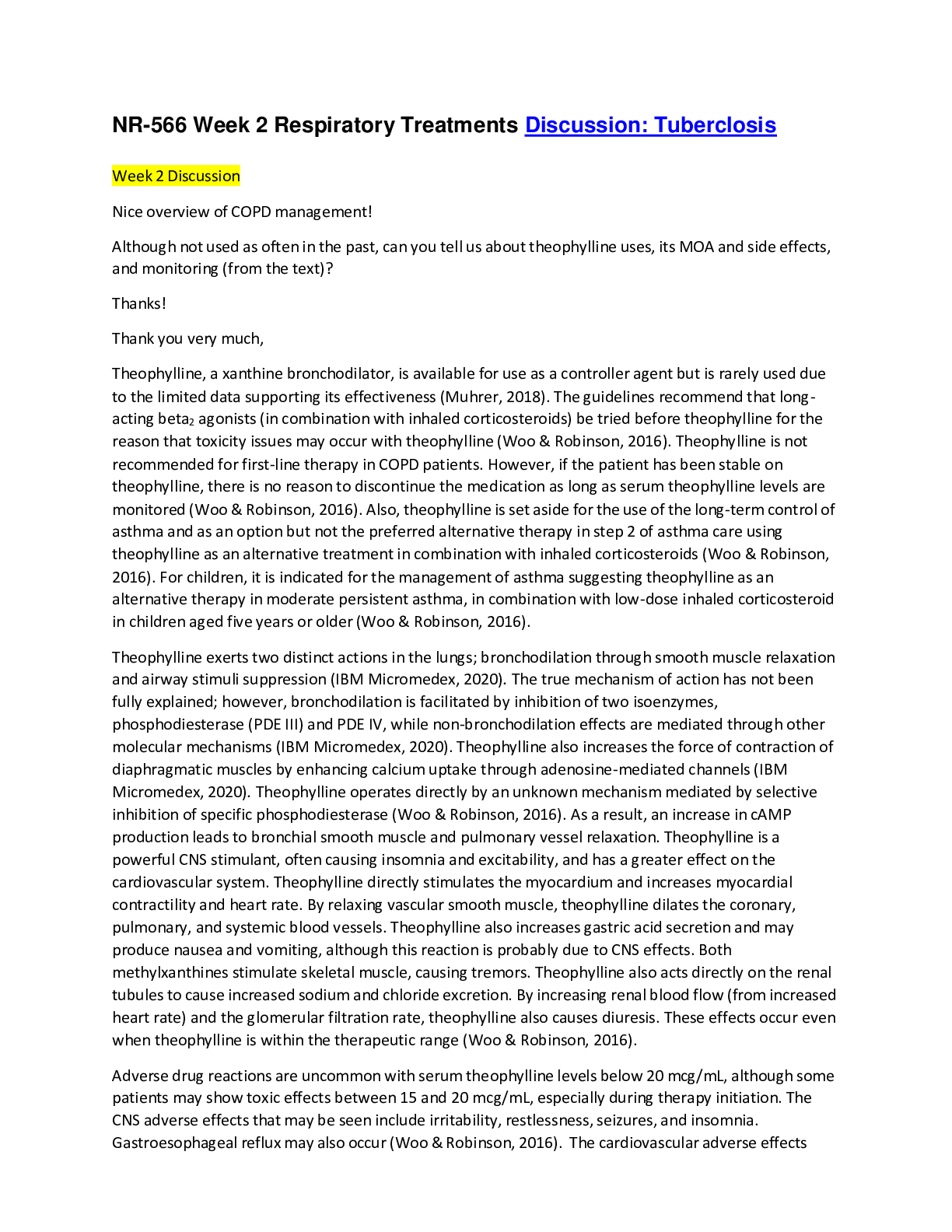
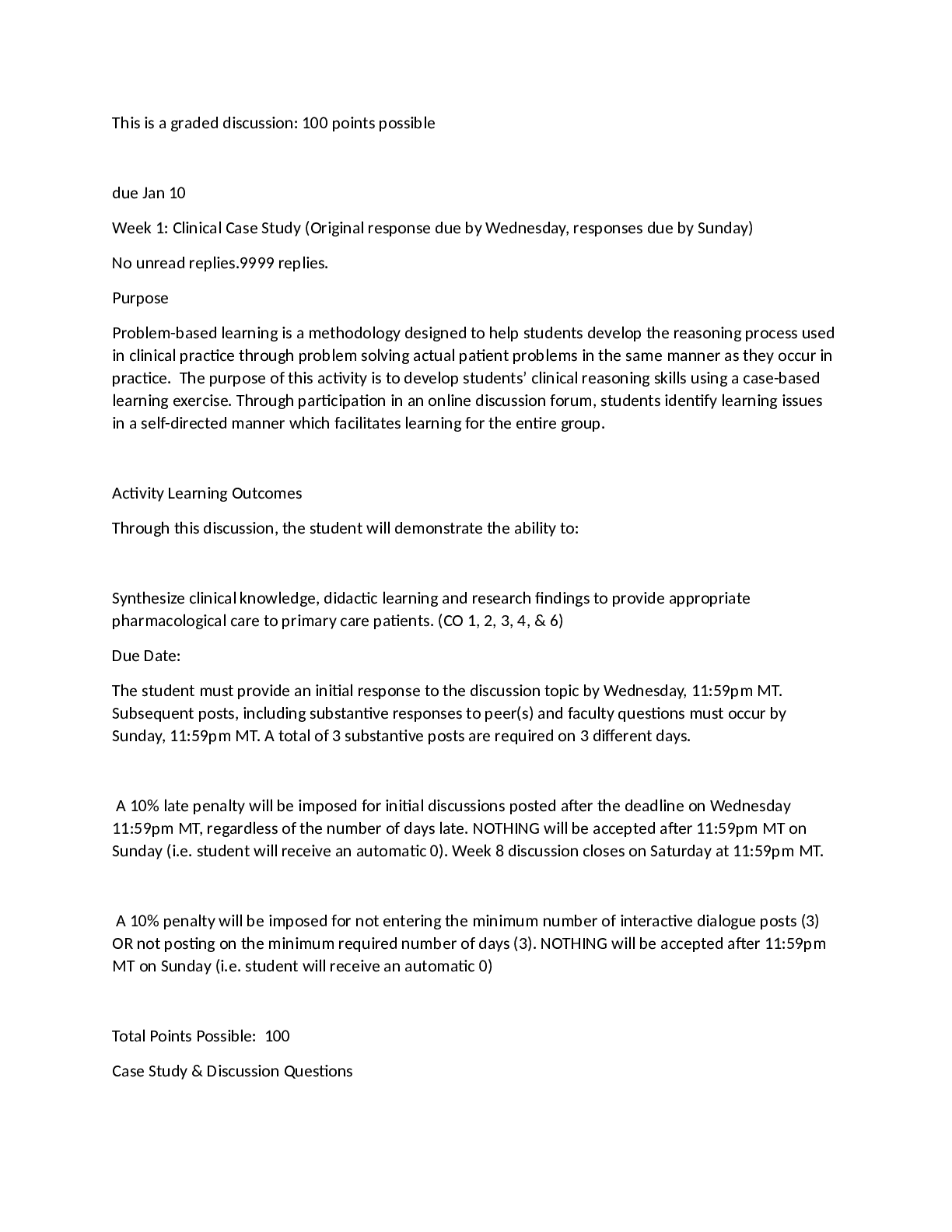
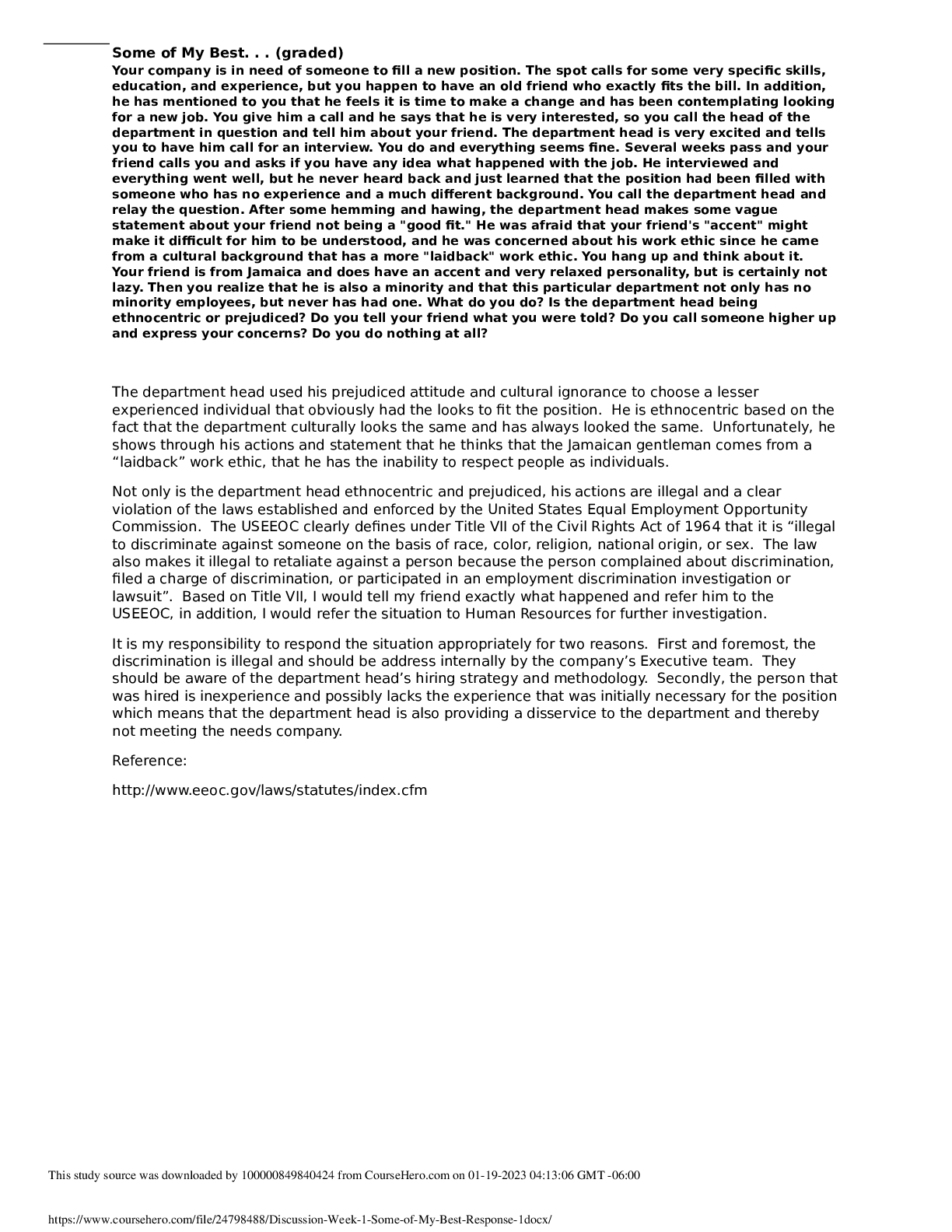


.png)
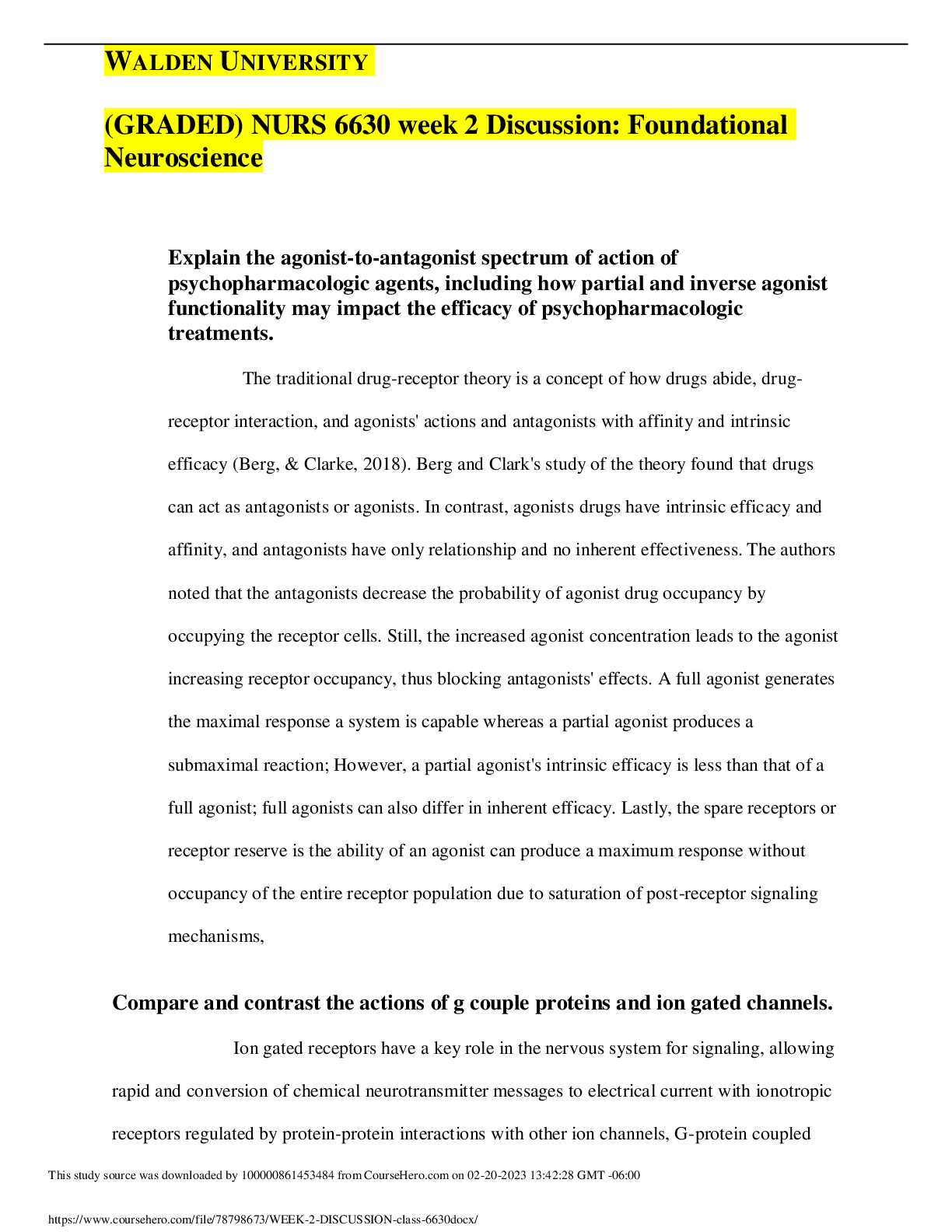



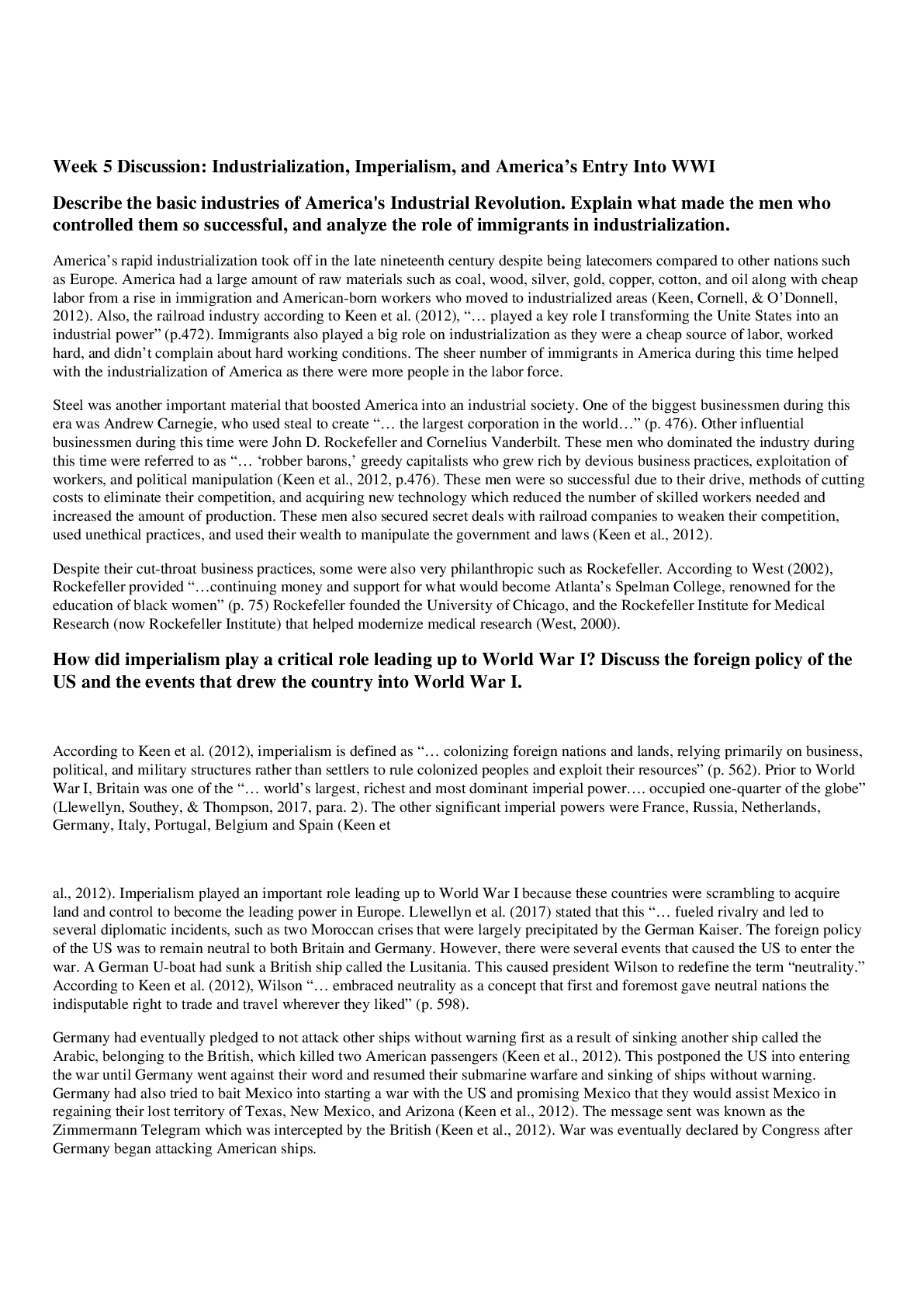
.png)
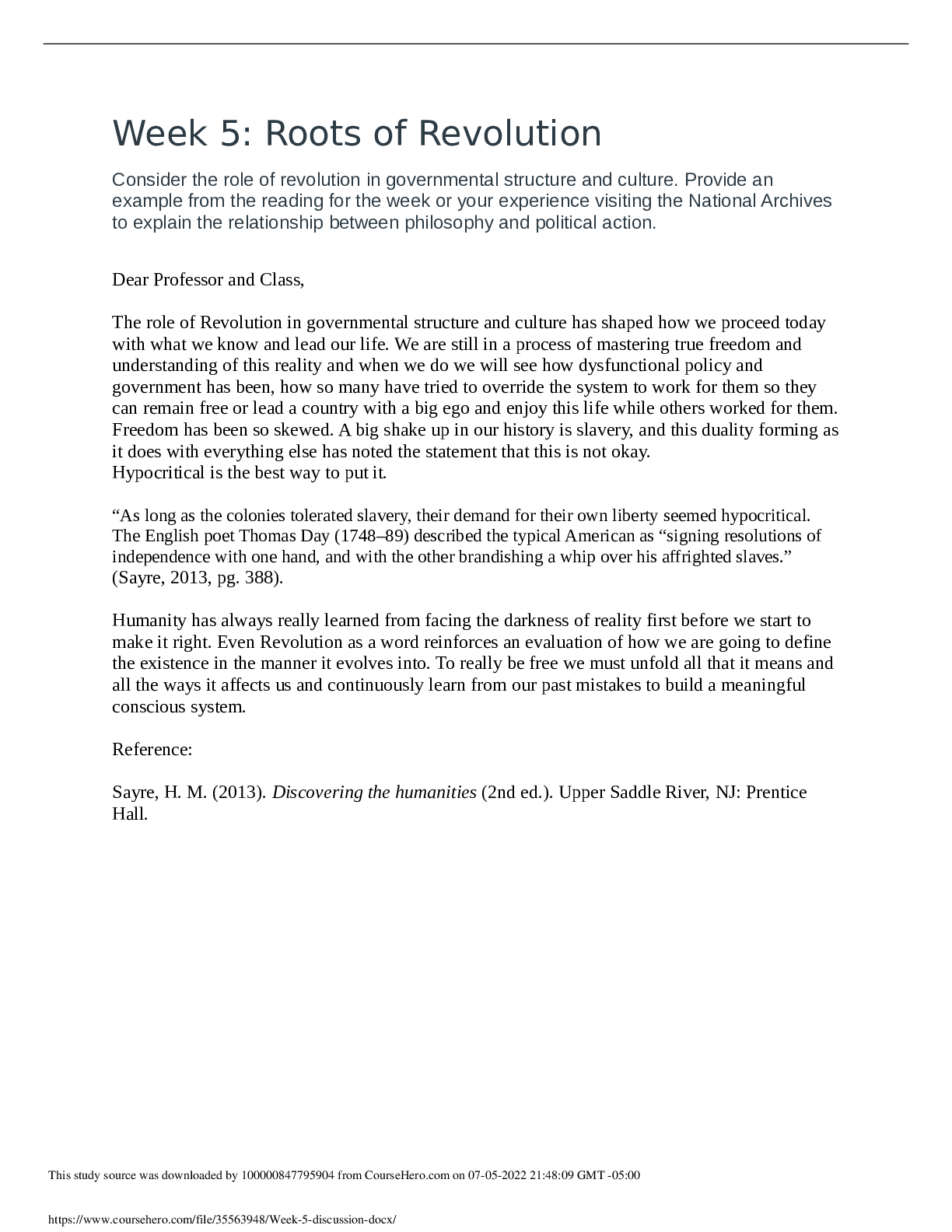



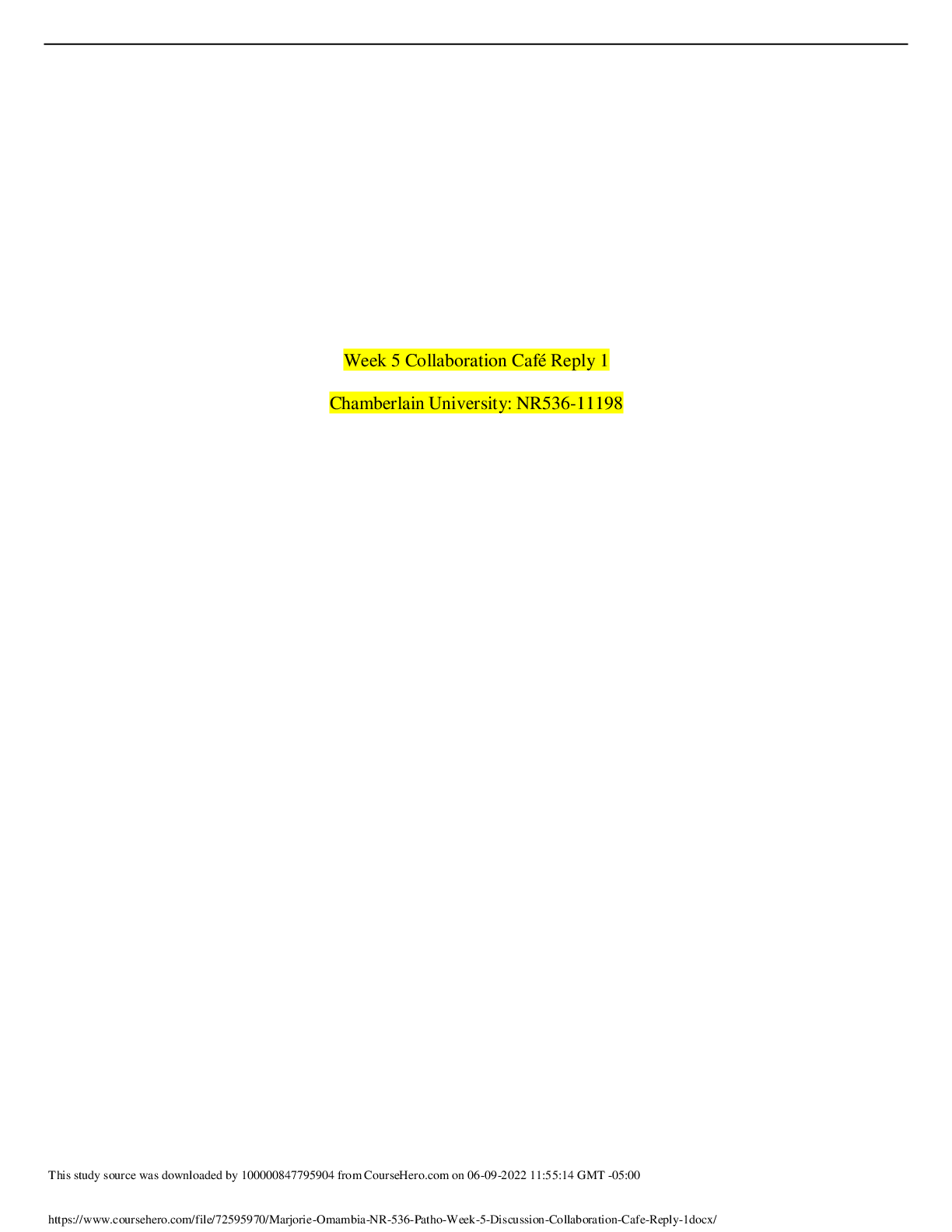
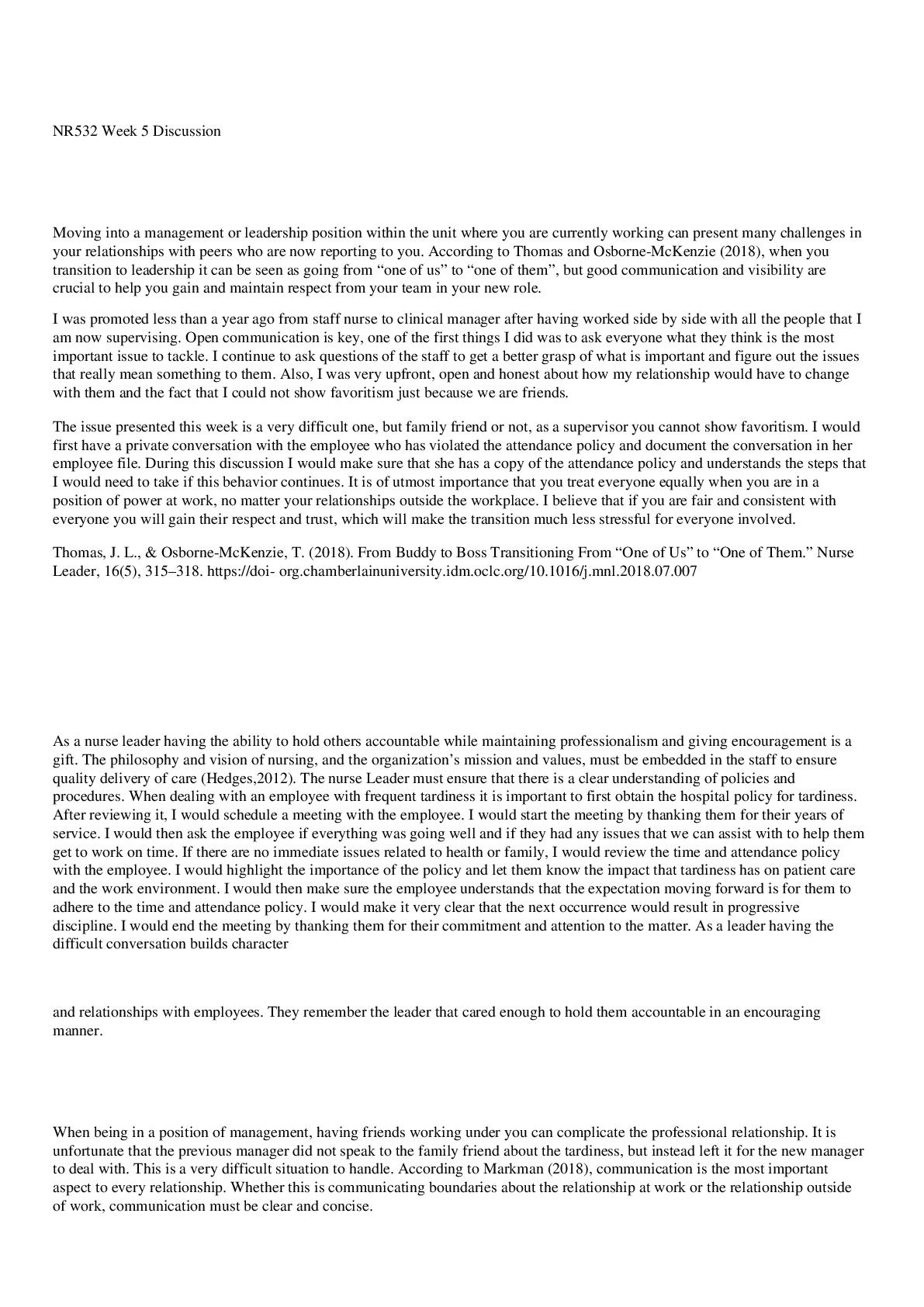
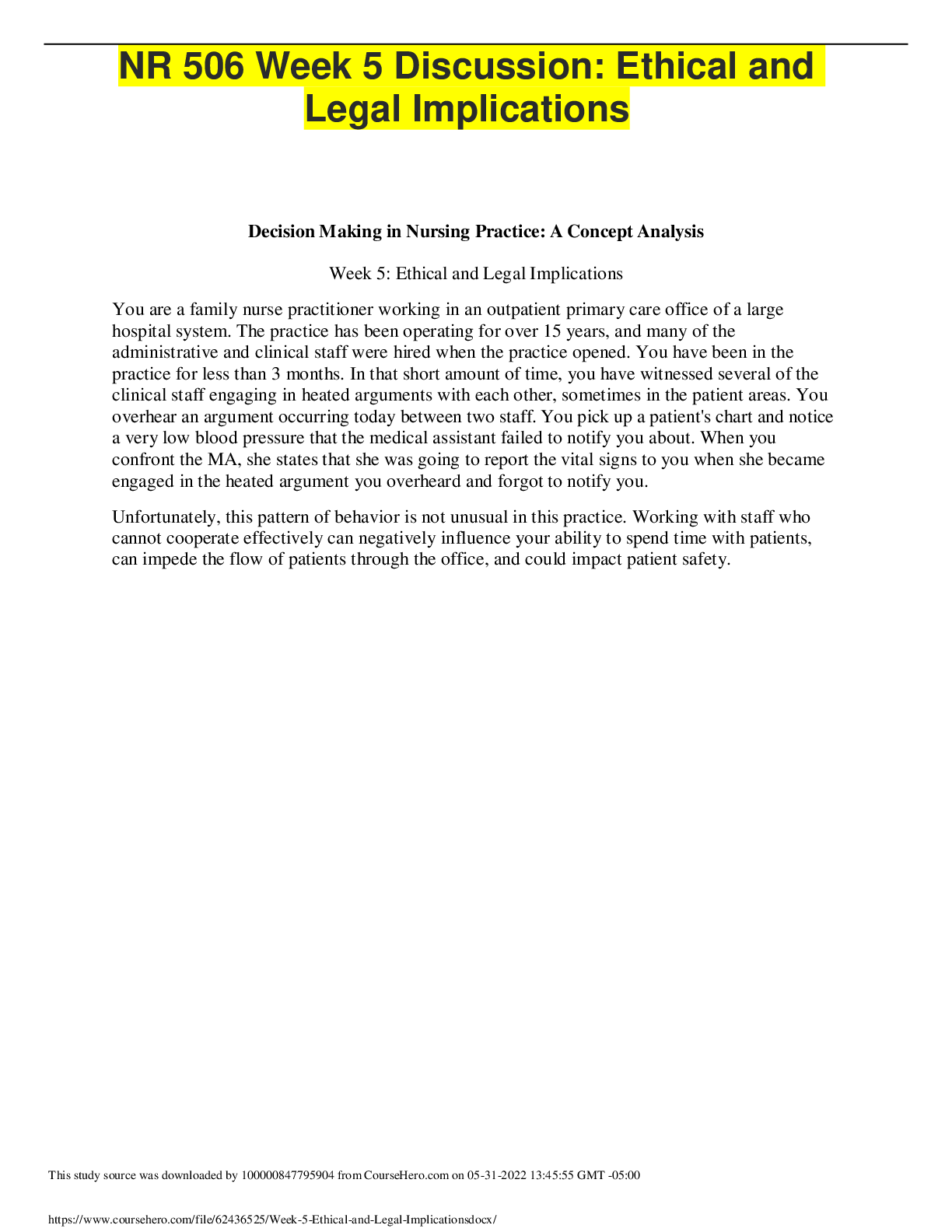
.png)



